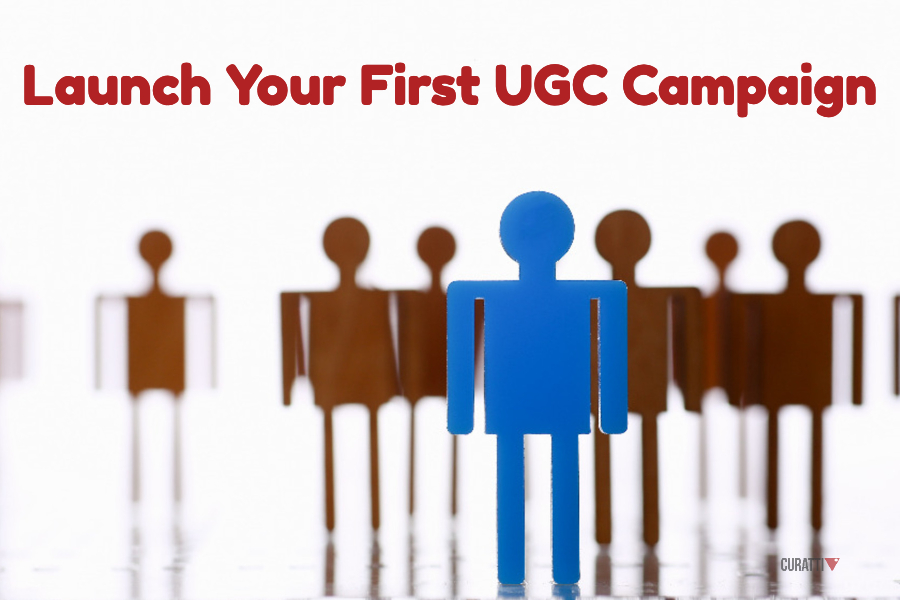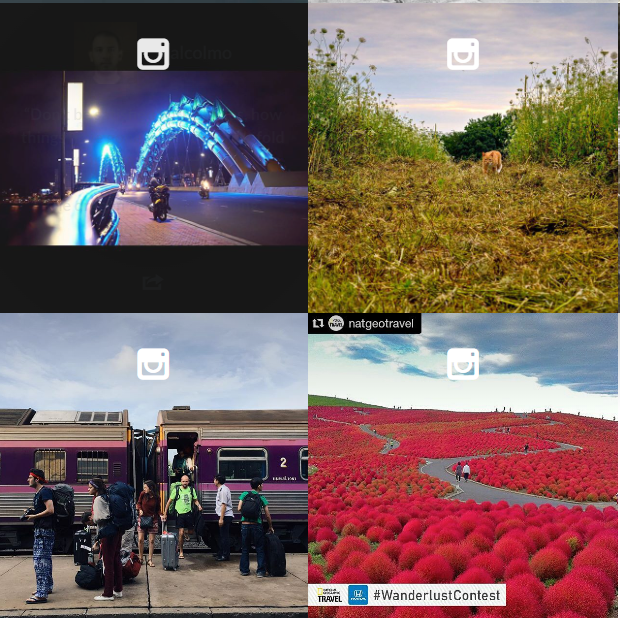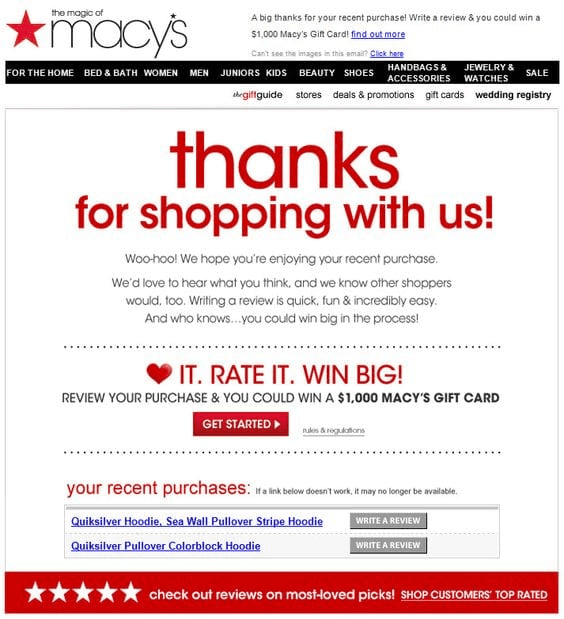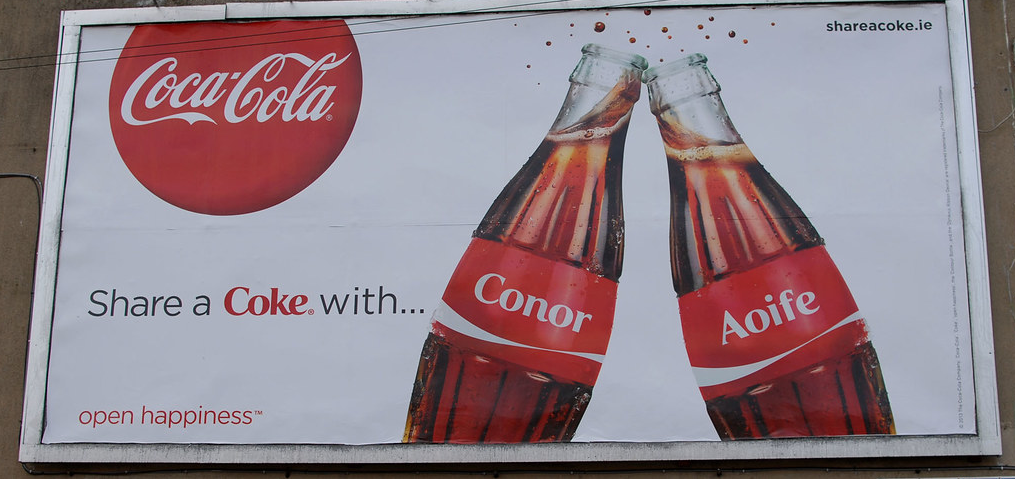How to Design and Launch Your First UGC Campaign

User-generated content (UGC) should be part of your marketing strategy. In fact, it should be part of every company’s marketing strategy. “Why?” we hear you ask. UGC is a means of leveraging your audience to do a huge amount of the heavy marketing lifting for you. Imagine a world where your content is created and distributed without your input. Sounds wonderful. UGC makes it a reality.
Step-By-Step: How to Design Your First UGC Campaign
Launching your first UGC campaign can feel like a daunting task, and it’s one that will likely take up a great deal of time and effort. Thankfully you’re not in a position where you’re having to reinvent the wheel. You certainly won’t be the first brand to launch a UGC campaign, and you won’t be the last. There are crucial steps you should follow initially, then once you’ve got into the groove of it, you can really get creative with your own campaigns.
Step 1: Select Appropriate Social Networks
As the brand owner or marketing lead, you know – or should know – where your audience like to hang out. Ask yourself some simple but probing questions if you’re not sure. Do they react better to visual media? Are they video consumers? Do they prefer long-form content? By asking questions like these, you can begin to get an idea of which social media platforms will work best for you. Of course, elements such as how many followers and current engagement rates will factor into your choice too. There’s little point in launching a campaign where you have no followers or no interaction.
Remember that your campaign needs to be simple if you want your followers to really get behind it and create content. Creating video clips for your UGC is going to be far more straightforward on TikTok than, say, Facebook.
Step 2: Set Campaign Goals
Setting goals for a new marketing campaign shouldn’t be news to you. UGC campaigns are no different, but the metrics might read slightly differently. You might be measuring engagement by post creation numbers rather than engagement on your own posts, for instance. Typical holistic goals for UGC campaigns tend to look for improvements in brand engagement, conversion rate, user education, and saving time internally. The first two goals mentioned are likely already metrics that you’ll be tracking within your business, so take note of what your current benchmark is and aim for an improvement. The latter two are harder to measure, but you’ll get a feel from your audience and from within your business.
Step 3: Get Specific
Your audience will require specific instructions on what you need them to do. Create a multi-step and convoluted process, and you’ll lose them. Short, simple processes with tangible outcomes within a matter of minutes tend to have the highest engagement. This isn’t a campaign that people should have to spend hours creating content for. They should be able to do this with friends while they’re hanging out and having fun or are at home having a break.
You also need to be absolutely clear on the type of media that you’re expecting. Many platforms have multiple ways of displaying content, so if you want a video, ask for one. You should also share exactly which hashtags or mentions you require for the content.
Step 4: Collaborate and Listen
After launching a UGC campaign, it can be tempting to sit back and relax as your page gets flooded with responses. The truth is that you should be putting in more effort once the campaign launches than you were before. To truly reap the benefit, you need to consistently engage with everyone that creates content for your brand. It doesn’t have to be a lengthy conversation, but something is better than nothing. It makes the user feel valued and seen, and that you recognize their efforts.
Engagement will naturally increase over the lifetime of the campaign and as it spreads. You can help add fuel to the fire by following up with creators, answering questions they might have, and simply sharing recognition where it is deserved. Championing great content builds enthusiasm across the community.
Step 5: Analyze, Measure, Reflect, and Adapt.
Once the campaign comes to an end, it is time to see how well it performed against your initial goals. There is always something to learn from the campaigns to better them next time. You can complete this through any number of analytical tools, and the majority of social media platforms include their own for business accounts.
Main Types of UGC Campaigns
Contests and Challenges
Some of the most viral UGC campaigns are contest or challenge-based. The concept is that the brand comes up with a challenge (often related to its branding but it can be completely random) and sets down the gauntlet for its followers to complete it.
Example: National Geographic ran a UGC contest called the Wanderlust Contest. Simply, users just had to share their best nature shot on Instagram with the hashtag #WanderlustContest. They offered a 7-day photography trip to Yosemite. With a prize like that, it’s no surprise they received hundreds of thousands of entries and a huge cache of content to use with incredible brand awareness too.

Offer Incentives
People like to feel that they’re going to get something back for their time. It could be as simple as an opportunity to get their entry shared by your account (especially popular for accounts with big followings), or you might offer products, gifts, or even coupon codes.
For example, users can submit pictures or selfies with your product to win a prize or be featured on your brand’s social media pages. If an image is too cluttered or needs editing, consider asking the user if you can clean up the picture before featuring it on social media. That way, you can feature a greater number of submissions in your campaign.
Example: Huge restaurant chains such as TGI Friday’s and Chilli’s, or even stores like Macy’s, regularly run campaigns where users are rewarded with discount vouchers or are entered into contests if they leave a review on their website. Remember that user-generated content doesn’t have to be solely on traditional social media.

Source: Smartrmail
It Doesn’t Have to Be Viral
UGC can relate to anything that the user is generating. For instance, a whole UGC campaign could be based on getting your users to review your platform, product, or service. Their reviews are still user-generated content and, arguably, even more valuable in the long term. It could be as simple as asking users to share their recent experiences or wins, much like how Lowe’s does with their #LowesGoals tag.

Long-Term vs. Short-Term
UGC campaigns tend to fall into one of two categories regarding length. They either have a specific endpoint, where the campaign finishes and everyone has to submit their entries by then, or they are open-ended, running for years and years. The first type draws in excitement and a sense of urgency and FOMO. The latter tends to create a deeper connection with a closer community.
Examples: Coca-cola’s #ShareACoke campaign was an incredibly successful short-term promotional campaign that was powered by users taking photos of their own names and their friends’ names and sharing them on social media.

Source: Flickr
Key Takeaways
User-generated content campaigns can have a huge impact on your marketing and on your brand overall. The most important factor is to keep on top of engagement with your followers during the campaign. This not only stokes the campaign as it runs but also shows that you are an engaged and interested brand.
- Be clear with goals and user requirements from the start.
- Remember to analyze and reflect on the campaign once it completes (if it’s open-ended, set reflection and analysis points).

Chris Tweten is the CMO at Spacebar Collective, a white-hat SEO and content production agency based in Vancouver, Canada.
You can connect with Chris via LinkedIn here or follow/tweet him @ctwtn
Sign Up For Our Mailing List
If you’d like to receive more in-depth articles, videos, and Infographics in your inbox, please sign up below.

Sign up for the newest articles from Curatti, delivered straight to your inbox
Featured image: Copyright: ‘https://www.123rf.com/profile_hasloo‘ / 123RF Stock Photo
